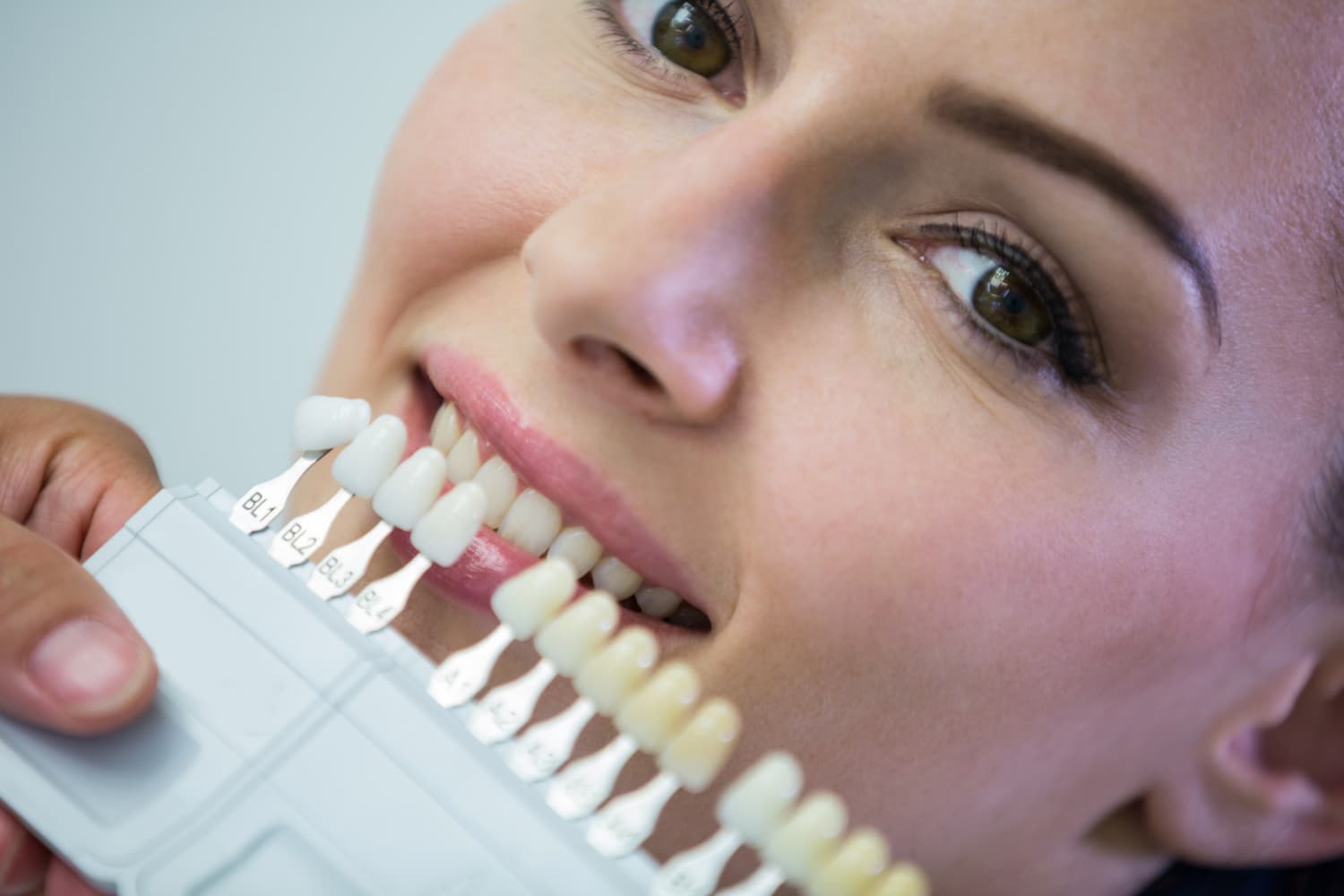Instilling positive dental habits in children from a young age is vital for a lifetime of healthy smiles and good oral health. As parents, providing an environment that encourages proper dental care practices and regular visits to a family dentist will set your children on the path to maintaining beautiful, strong teeth and preventing dental issues down the line. At Pickering Square Dental, our caring and experienced team of dental professionals is passionate about providing family-focused dental care, supporting parents as they guide their children on their journey to lifelong oral health.
In this comprehensive blog post, we will discuss practical tips and techniques parents can implement to help establish and maintain healthy dental habits in their children. Topics will include creating a consistent oral hygiene routine at home, teaching proper tooth brushing and flossing techniques, making dental visits a positive experience, introducing a healthy diet that promotes dental well-being, and overcoming common challenges faced along the way. By learning and applying these valuable tips and techniques, you will be well-equipped to guide your children in adopting and preserving dental habits conducive to a lifetime of healthy, confident smiles.
Creating a Consistent Oral Hygiene Routine at Home
1. Start Early
Introduce oral hygiene practices as early as possible, even before the eruption of your child’s first tooth, by gently wiping their gums with a soft, moist cloth after feedings. Once teeth emerge, parents can transition to using a soft-bristled baby toothbrush with a smear of fluoride toothpaste.
2. Establish a Routine
Consistency is key in creating a successful at-home oral hygiene routine. Encourage your child to brush their teeth twice a day for two minutes each time, ideally in the morning and before going to bed. In addition, introduce daily flossing as soon as your child has two teeth that touch.
Teaching Proper Tooth Brushing and Flossing Techniques
1. Brushing Techniques
Demonstrate proper brushing techniques for your child, emphasizing placing the toothbrush at a 45-degree angle against the gumline and brushing with gentle, circular motions. Encourage your child to clean all surfaces of the teeth, including the outer, inner, and chewing surfaces. Don’t forget to remind them to brush their tongue as well!
2. Flossing Techniques
Instruct your child on how to floss by guiding them through the process. Teach your child to hold a length of floss between their thumbs and index fingers, gently sliding the floss between teeth in a back-and-forth motion and curving the floss around the tooth to clean below the gumline.
Making Dental Visits a Positive Experience
1. Schedule Regular Checkups
Introduce your child to professional dental care by scheduling their first dental appointment by their first birthday or within six months of their first tooth eruption. Establishing a relationship with a family dentist will ensure consistent care and monitoring of your child’s dental health from an early age.
2. Create a Positive Environment
Familiarize your child with the dental office prior to their first appointment, and consider bringing them to your own dental checkups to observe and become comfortable in that setting. Choose a family-oriented dental clinic, such as Pickering Square Dental, with a team that is experienced in caring for children and making their dental experience enjoyable and educational.
Introducing a Diet That Promotes Dental Well-Being
1. Limit Sugary and Acidic Foods and Beverages
Encourage your child to consume a balanced diet that limits sugary and acidic foods and beverages, which can contribute to tooth decay. Offer water rather than soda or sugary drinks, and aim to provide healthy snacks such as fresh fruits, vegetables, and cheese.
2. Promote Foods That Strengthen Tooth Enamel
Incorporate foods rich in calcium, phosphorus, and vitamin D, which aid in the remineralization of tooth enamel, into your child’s diet. Examples include dairy products, leafy greens, nuts, and fish.
Overcoming Common Challenges
1. Resistance to Oral Hygiene Practices
Encourage your child’s participation in their oral hygiene routine by making it enjoyable. Allow them to choose their toothbrush, toothpaste, and floss, or use a sticker chart to track their progress. Parents can also model proper dental habits to provide a positive example for their children.
2. Dealing with Thumb Sucking and Pacifier Use
If your child uses a pacifier or sucks their thumb, work with your dentist to develop a plan for gently weaning them off these habits. Prolonged thumb sucking or pacifier use can lead to dental issues such as misaligned teeth or bite problems. Offer support, encouragement, and rewards for progress.
Conclusion
Fostering positive dental habits in your child is an invaluable investment that will contribute to their lifelong oral health. By establishing a consistent oral hygiene routine, teaching proper techniques, making dental visits enjoyable, and encouraging a tooth-friendly diet, parents can lay the groundwork for happy, healthy smiles. At Pickering Square Dental, our dedicated and nurturing team is committed to supporting the whole family as you embark on your journey toward incredible oral health.
Give your children the gift of a confident and healthy smile by fostering positive dental habits for a lifetime. Schedule an appointment with our skilled dental professionals at Pickering Square Dental today, and let us provide quality dental care tailored to your family’s unique needs.




